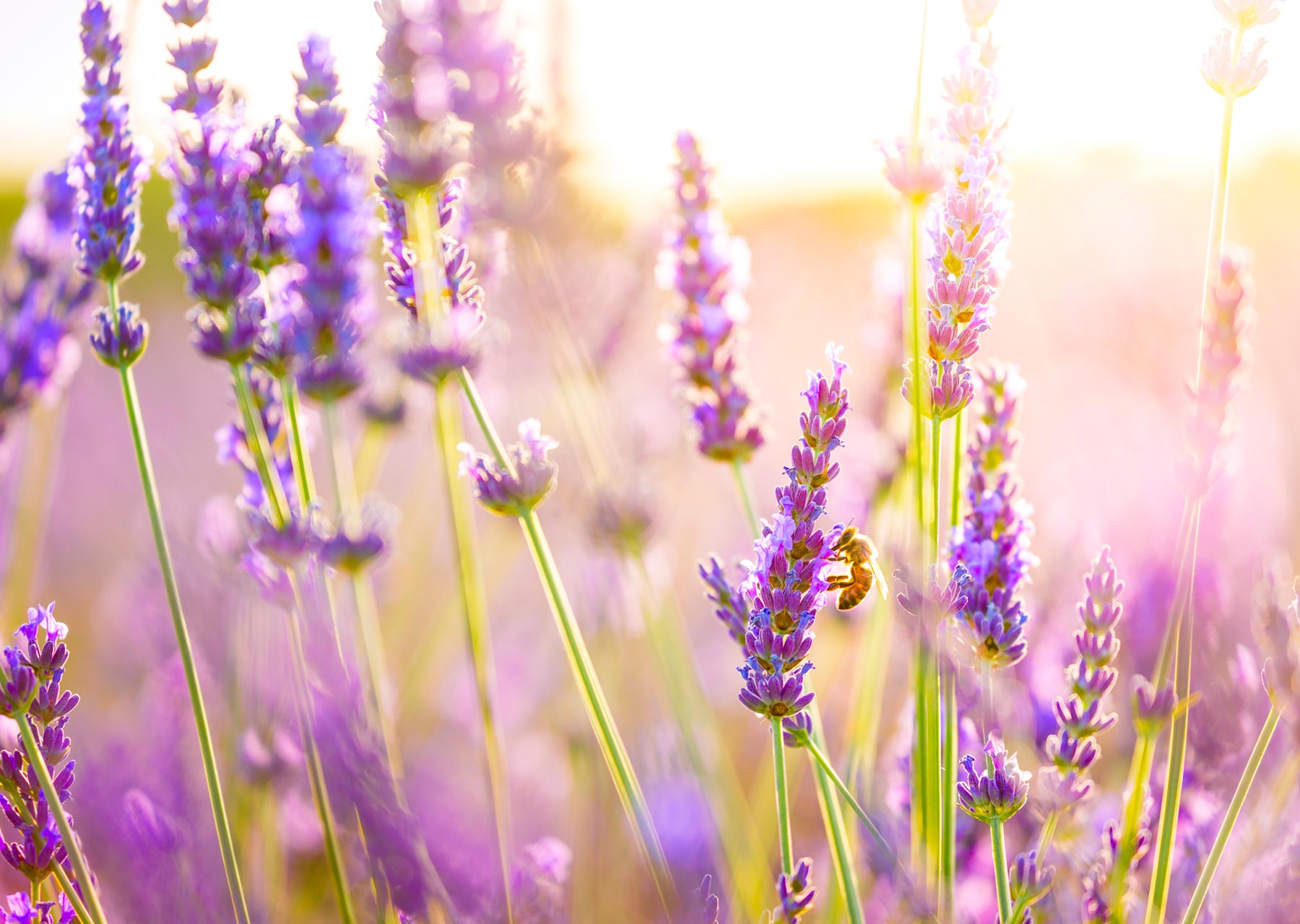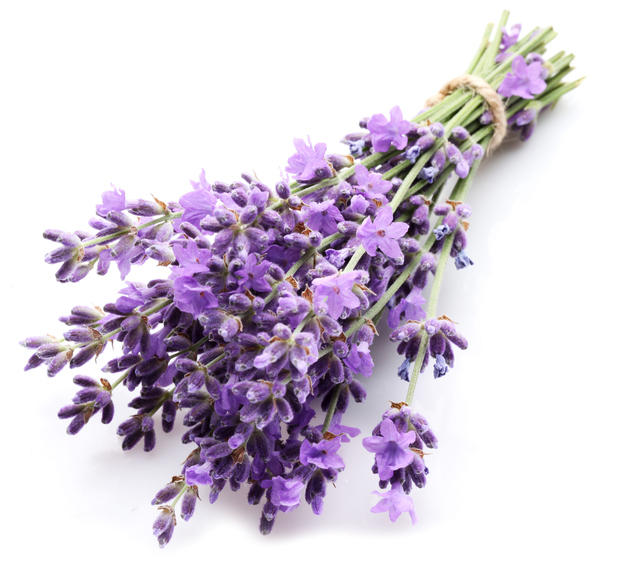 Lavender has been a popular herb for thousands of years. Native to the Mediterranean, it is said to be one of the herbs used to ward off the plague while the Romans added Lavender to their baths. This is probably how it got its name, as Lavare is Latin and means “to wash.” To this day, Lavender is still used to treat a variety of ailments and to scent clothes and rooms.
Lavender has been a popular herb for thousands of years. Native to the Mediterranean, it is said to be one of the herbs used to ward off the plague while the Romans added Lavender to their baths. This is probably how it got its name, as Lavare is Latin and means “to wash.” To this day, Lavender is still used to treat a variety of ailments and to scent clothes and rooms.
There are several species of Lavender and many cultivars of each kind. One of the most popular ones is English Lavender (Lavendula angustifolia) which is the largest and hardiest of the lot, growing to one metre tall. Another popular species is French Lavender (Lavendula stoechas) that grows to just over a half a metre and needs help in the colder regions of our Canadian climate to survive the winter.
While this much loved herb is known for its spikes of purple flowers, one can find plants with blue, white and pink flowers as well.
Growing
Lavender needs dry sunny conditions as found in its native region of southern Europe. If you have clay soil, you will need to amend significantly to make it well-drained and alkaline which you can do by mixing in lighter, less acidic amendments like compost and sand. Dig a hole that is at least twice as wide and deep as the plant’s root ball. Put a thin layer of limestone gravel at the bottom and then fill the rest of the hole with a mix of grit (fine gravel), sand, compost and soil. This will allow for excess moisture to drain away and air to flow sufficiently to and around the roots.
You can make new plants by cutting a few inches of a woody stem, removing the lower leaves, dipping it in rooting compound (available at most garden centres) and then planting it in light soil or a mixture of damp perlite and sand. Keep it in a warm area with enough moisture for the plant to survive while it grows roots. You can also divide large old plants in the autumn.
If you wish to prune your plant to help it keep a certain shape, wait until the flowers are finished.
Harvesting & Storing

Harvest flowers in the summer when in full bloom. If you wish to dry them, tie small bundles together and hang upside down in a dry and warm room, with plenty of air flow around them.
Uses
Bees and butterflies feed from Lavender flowers while people use them for various purposes. Its strong smell can repel moths as well as add fragrance to clothing in drawers and closets. Medicinally, the essential oil is valued for healing burns and calming the nervous system. It is can also kill infections. For example, ear infections have been treated by applying Basil, Lavender and/or Tea Tree essential oils around the outside of an infected ear (of older children and adults) every 15 minutes until the pain goes away. For fun and flavour, some bakers add Lavender flowers to cookies and muffins.







